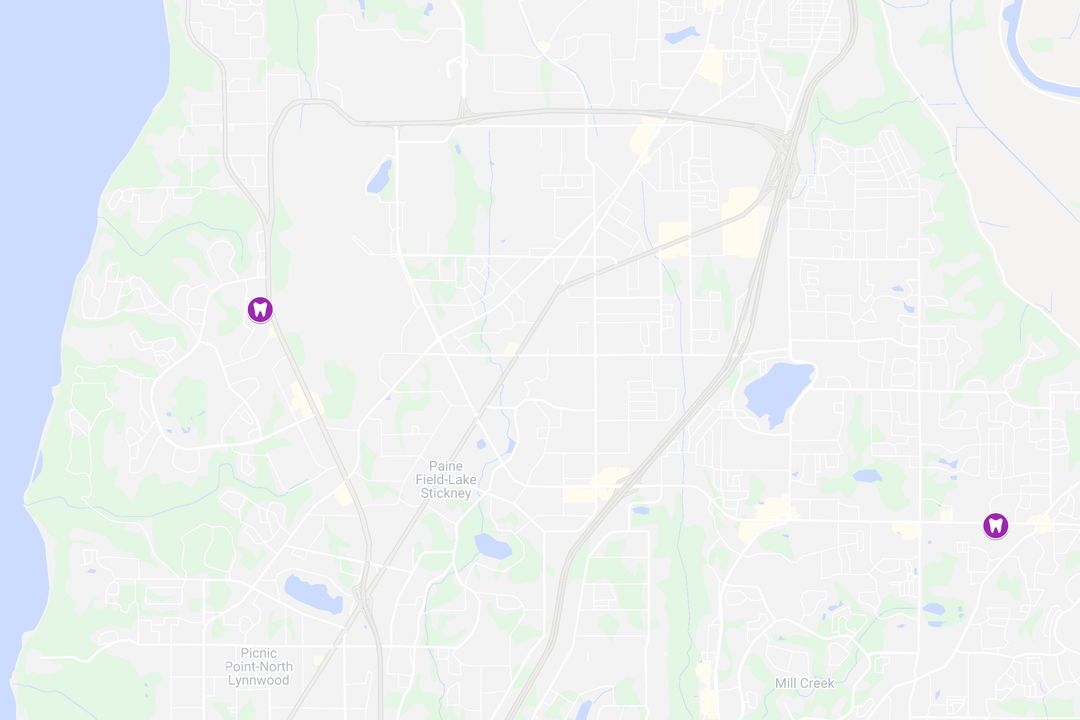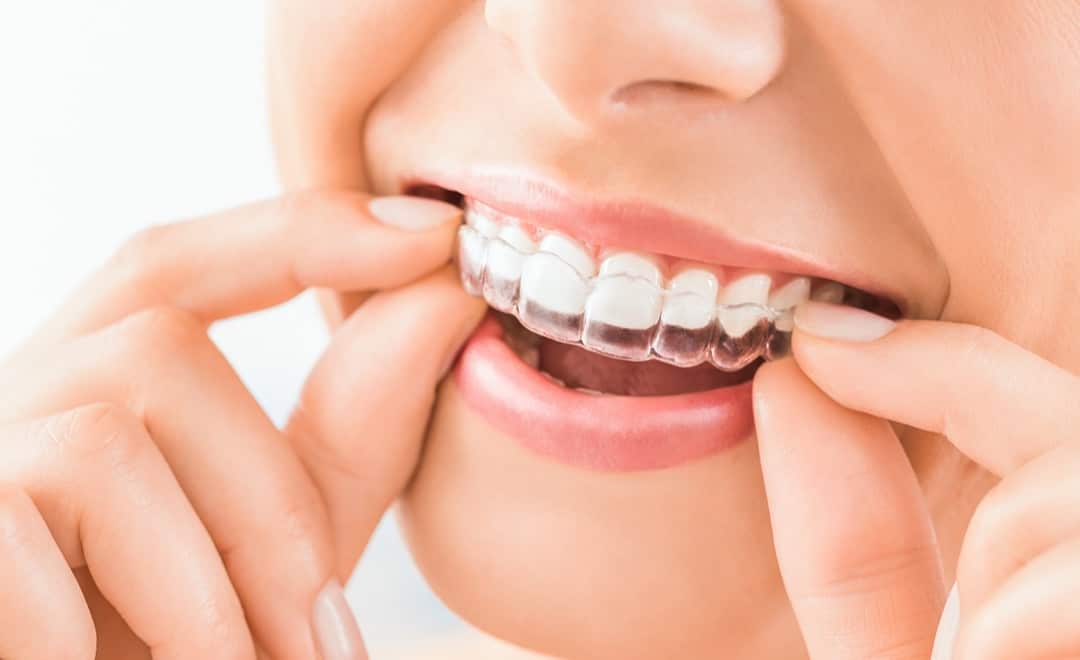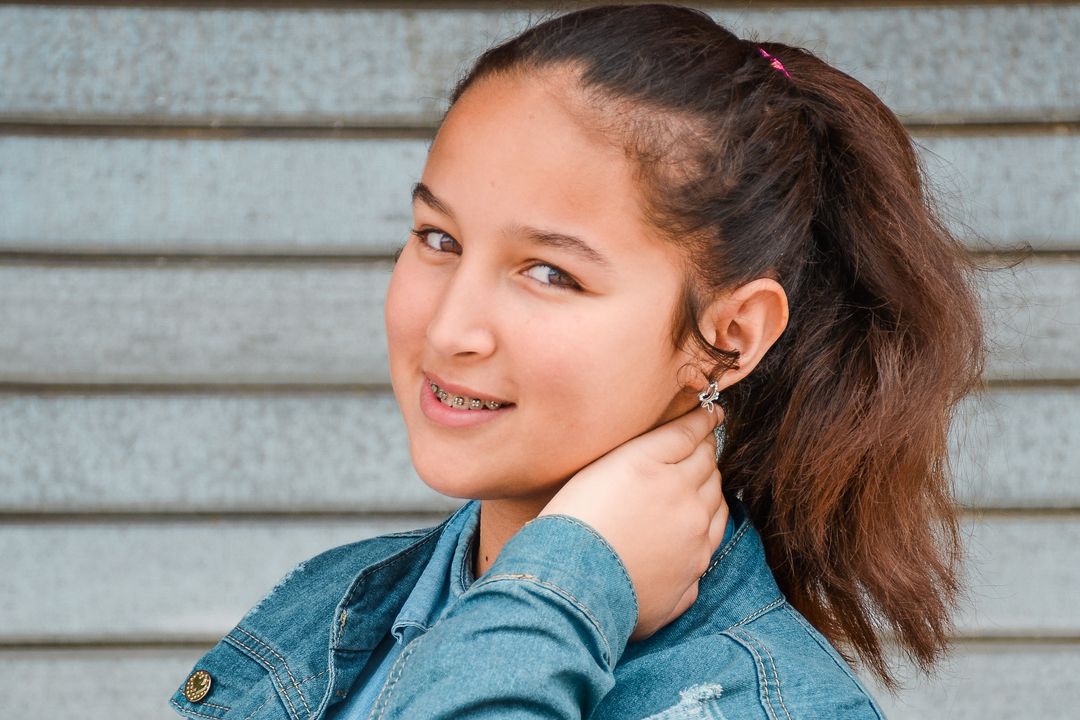Getting braces is a big decision, no matter your age. Whether you’re considering adult braces for yourself or kids’ braces for your pre-teen, we’re here to help. At Stellar Family Orthodontics in Mukilteo and Mill Creek, Washington, Dr. Chad Carver, DMD, and the orthodontic team take many factors into consideration before placing braces.
The Right Time to Get Braces
There’s no one-size-fits-all plan for braces. Before recommending the right treatment, our team encourages you to consider the following factors:
Age
In general, braces work best in children and young adults. This age range is perfect for orthodontic treatment because the jaw is still growing and developing. Braces and orthodontics can prove more challenging in adults simply because their mouths are less malleable.
Is there a perfect age for braces?
While the best age for braces varies, most orthodontists agree that orthodontics work best between ages 8 and 14. Many children don’t have enough permanent teeth for braces to be effective earlier. Getting braces later in life is also challenging because your head and jaw are no longer growing.
What happens if you wait too long to get braces?
Teeth continue shifting with age. Many orthodontic concerns can worsen, leading to problems down the road, including:
- A longer treatment time
- More complex orthodontic appliances
- Additional orthodontic treatment
- Less effective orthodontic treatment
Adults are especially vulnerable to orthodontic complications. For the best results, visit our office as soon as possible for a free orthodontic consultation.
How do I know if my child needs braces?
The American Association of Orthodontists recommends that every child has an orthodontic evaluation by the age of 7. These early visits allow our team to determine whether your child needs braces now or will in the future.
Previous dental work
Dental crowns, bridges, and other restorative dental work can interfere with your orthodontic treatment. This happens because braces put pressure on your teeth, which may damage the restorations. After a full evaluation, our orthodontic team can determine whether braces are the right treatment for you.
Can you still get braces with previous dental work?
You can still get braces with previous dental work, but it may be risky without the right care. Since braces shift teeth into alignment through gradual pressure, restorations can crack or break. Fortunately, Dr. Carver can adjust your treatment if you have:
- Crowns
- A dental bridge
- Veneers
- Root canal therapy
Extending your treatment may increase your chances of success. By applying less pressure over a longer period of time, Dr. Carver can straighten your teeth and preserve your restorations.
Food restrictions
Braces block a large portion of your teeth. As a result, it’s easy for food particles to become stuck in the brackets and wires. We strongly recommend avoiding chewy, sticky, and overly hard foods when you have braces. Not only can trapped food morsels cause plaque and cavities, they can also damage your braces.
What foods are off limits with braces?
Food restrictions are an unfortunate consequence of braces. To protect your teeth and your braces, try to avoid eating:
- Gummy candy
- Hard candy (jawbreakers, etc.)
- Caramels
- Popcorn
- Corn on the cob
- Pretzels
- Nuts
- Ice cubes
Even healthy foods can be challenging to eat with braces. Try cutting raw vegetables, chewy bread, sandwiches, and fruit into smaller pieces to prevent complications.
Time
Braces are a serious time commitment. In general, braces take about 18 months to 3 years to straighten teeth and correct bite issues. This means you’ll have to commit to braces tightening appointments every 6 weeks or so, extra thorough brushing and flossing, and certain dietary restrictions for more than one year.
What happens when you get braces removed?
The braces removal process involves several important steps, including:
Braces removal
Dr. Carver uses a special device to carefully loosen each bracket. With each bracket loosened, the appliance should come off in one piece. This process is the same for metal braces and ceramic braces.
Bands removal
Next, Dr. Carver removes any bands you have. A molar band is a metal device that secures your braces to the molars in the back of your mouth.
Teeth cleaning
Once your braces are removed, it’s time for a comprehensive teeth cleaning. Your teeth will likely have plaque, old food debris, and discoloration. It’s important to remove any leftover bacteria to prevent tooth decay and other dental concerns.
X-rays
Digital X-rays show the underlying structures of your mouth with less radiation than traditional scans. These images allow Dr. Carver to evaluate your treatment and ensure it’s successful. He may also use digital impressions to create a custom retainer.
Retainer placement
Whether you’re using a removable or fixed retainer, Dr. Carver will give you detailed instructions on care and cleaning at your braces removal visit.
If you want to learn more about getting braces, we have an experienced and affordable orthodontist who offers free orthodontic consultations. Call Stellar Family Orthodontics or schedule an appointment online for more information!




